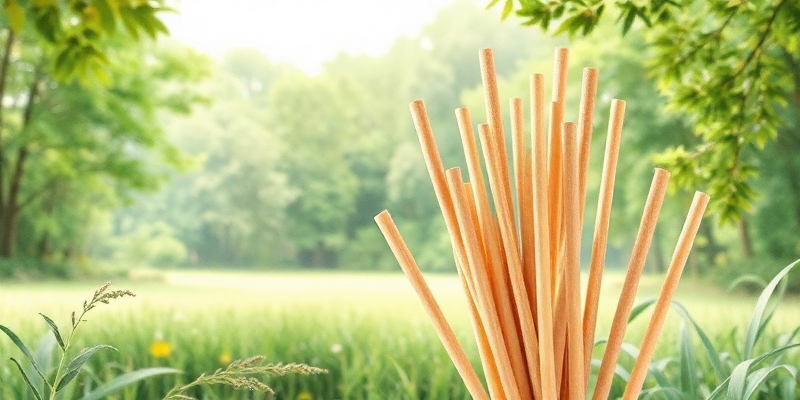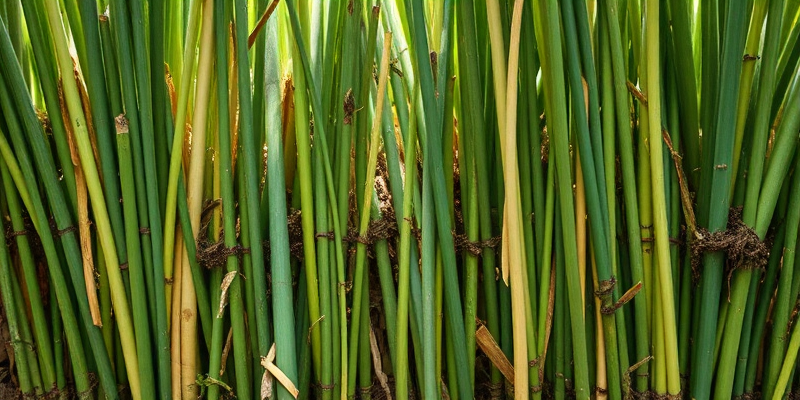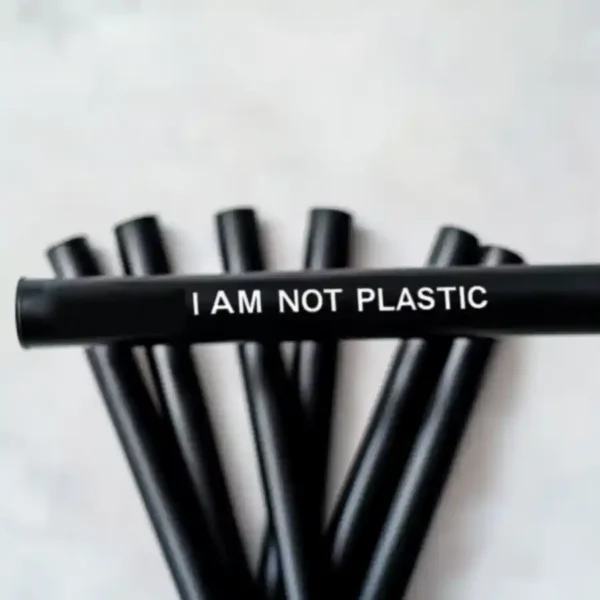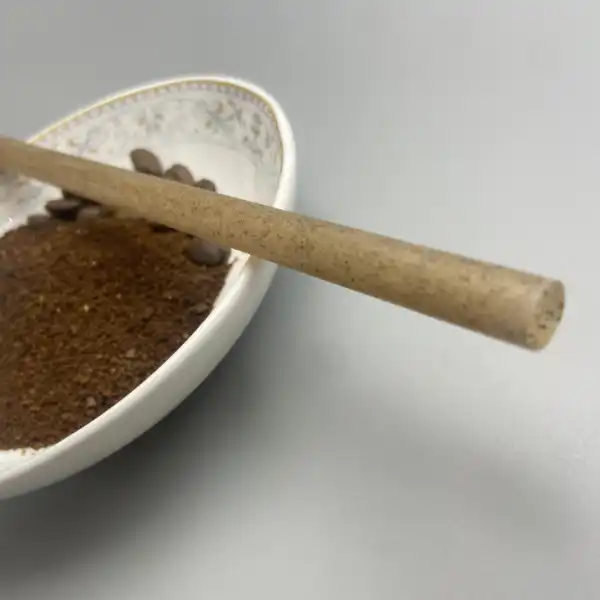Sustainable B2B Sugarcane Straws: Compostable & Customizable

Introduction: Plastic Bans and Eco-Friendly Sugarcane Straws for Sustainable Events

Picture this: You’ve invested months planning your company’s flagship conference. The venue is booked, speakers confirmed, and marketing materials finalized. Then, three weeks before the event, your city announces an immediate single-use plastic ban with hefty fines for non-compliance. Suddenly, those 5,000 plastic straws you ordered are not just environmentally problematic—they’re illegal.
This scenario isn’t hypothetical anymore. From Seattle to Sydney, Amsterdam to Auckland, plastic straw bans are sweeping acros global cities with remarkable speed. The European Union’s Single-Use Plastics Directive has banned several disposable plastic items, including straws, acros all 27 member nations. Meanwhile, cities like Vancouver impose fines up to $10,000 for businesses distributing single-use plastics.
For event planners, hotel chains, restaurant groups, and food service distributors, these regulatory shifts create an urgent need for sustainable alternatives that don’t compromise on quality or user experience. That’s precisely where sugarcane straws enter the picture.
Explore eco-friendly sugarcane straws that meet sustainability requirements while enhancing your brand image — these plant-based alternatives offer the durability of plastic with none of the environmental drawbacks. Unlike paper straws that deteriorate in drinks or PLA straws that require industrial composting facilities, sugarcane straws maintain their structure throughout use and decompose naturally in home compost systems.
What makes them particularly appealing for bulk purchasers is their versatility. Whether you’re organizing a corporate function, supplying a hotel chain, or stocking a university cafeteria, sugarcane straws deliver a premium drinking experience while simultaneously showcasing your organization’s commitment to sustainability. They’re not merely a stopgap solution to compliance issues—they’re a statement about your brand values.
As plastic regulations tighten globally and consumer expectations evolve, choosing the right sustainable alternative becomes not just an environmental decision but a strategic busines move. Let’s explore how sugarcane straws are emerging as the preferred choice for forward-thinking businesses worldwide.
Regulatory Compliance: Certifications for Eco-Friendly Sugarcane Straws for Sustainable Events

Navigating the complex world of food safety regulations and environmental certifications can feel overwhelming. When sourcing eco-friendly alternatives like sugarcane straws for your busines, understanding these compliance standards isn’t just about checking boxes—it’s about protecting your customers and your brand reputation.
First and foremost, the FDA’s food contact materials regulations establish strict guidelines for any products that come into contact with consumables. Premium sugarcane straws need to meet these requirements through thorough testing that ensures no harmful chemicals leach into beverages. This becomes particularly crucial when serving hot drinks, as heat can accelerate chemical transfer from substandard materials.
Beyond FDA compliance, international businesses should look for LFGB certification—essentially the European equivalent with even more stringent testing protocols. According to a 2023 industry report, 78% of global hospitality chains now require both FDA and LFGB certifications for all food-contact disposables, making dual certification increasingly important for suppliers targeting multinational clients.
Learn why FDA and LFGB certified sugarcane straws provide superior safety assurance for your customers and offer protection against potential liability issues. These certifications aren’t just bureaucratic hurdles—they represent scientific validation that your products are safe for consumer use.
For event planners and food service businesses, these certifications also streamline the procurement proces. When documentation is readily available, you avoid delays in supply chain approval procedures and can confidently move forward with implementation acros multiple venues or locations.
Additionally, many municipalities now require composting certifications as part of their plastic ban exemption criteria. Properly certified sugarcane straws typically meet these standards, allowing businesses to remain compliant while transitioning away from plastic options. This regulatory foresight can prevent potential disruptions to your operations and help avoid non-compliance penalties that have reached up to $1,000 per day in some jurisdictions.
How Eco-Friendly Sugarcane Straws for Sustainable Events Compare to Other Eco Alternatives

When evaluating sustainable straw options for your busines, understanding the practical differences between alternatives becomes crucial for making informed decisions. Let’s examine how sugarcane straws stack up against other popular eco-friendly options.
| Feature | Sukkerrør sugerør | Papirsugerør | PLA Corn Straws | Bambus sugerør |
|---|---|---|---|---|
| ——— | —————— | ————– | —————– | ————— |
| Durability in drinks | 2-3 hours without softening | 30-60 minutes before softening | Good durability but can warp in hot liquids | Excellent, reusable |
| Composting requirements | Home compostable (30-90 days) | Home compostable (2-3 weeks) | Industrial composting only | Reusable, eventually home compostable |
| Taste impact | Neutral, no taste transfer | Can impart paper taste | Generally neutral | May impart subtle flavor |
| Customization options | Highly customizable (colors, printing) | Limited printing options | Limited color options | Limited branding options |
| Cost per unit (bulk) | Mid-range | Low-range | Mid to high-range | Highest |
| Carbon footprint | Low (agricultural byproduct) | Moderate (manufacturing intensive) | Moderate (crop growing) | Low (fast-growing resource) |
According to a 2023 consumer satisfaction survey, 73% of customers reported a negative experience with paper straws deteriorating during use, while sugarcane straws received a 91% satisfaction rating for maintaining integrity throughout the drinking experience. This practical performance difference can significantly impact customer perceptions of your establishment.
Discover why sugarcane straws offer superior performance compared to paper alternatives while still providing genuine environmental benefits. Unlike PLA options derived from corn, sugarcane straws utilize agricultural waste that would otherwise be burned, creating a truly circular product.
For businesses with international operations, it’s worth noting that composting infrastructure varies dramatically between regions. While PLA requires industrial composting facilities (still limited in many areas), sugarcane straws break down in standard composting conditions without specialized equipment. This distinction matters particularly for hotel chains or restaurant groups implementing system-wide sustainability initiatives acros diverse geographic locations.
The customization factor also deserves consideration for brand-conscious businesses. Where paper straws offer limited printing capabilities and often poor results, sugarcane straws can be manufactured in custom colors or printed with logos and messaging that reinforce brand identity while communicating environmental values to customers.
Top Busines Benefits of Switching to Eco-Friendly Sugarcane Straws for Sustainable Events
Beyond regulatory compliance and environmental considerations, transitioning to sugarcane straws delivers tangible busines advantages that can positively impact your bottom line and brand perception.
First, there’s the clear marketing opportunity. According to a 2023 Global Sustainability Survey, 64% of consumers are willing to pay a premium for products and services from companies committed to positive environmental impact. By prominently featuring your switch to sustainable straws in marketing materials and on-premise signage, you transform a necessary operational change into a powerful brand statement that resonates with increasingly eco-conscious consumers.
Cost considerations also favor sugarcane alternatives in the long run. While the unit price may be marginally higher than conventional plastic straws, sugarcane straws offer cost-effective sustainability that reduces long-term expenses. When factoring in potential plastic ban fines (which can reach $300 per day of non-compliance in some jurisdictions) and the brand damage associated with environmental missteps, the investment quickly pays for itself.
For hospitality businesses and event venues, sugarcane straws create differentiation in a competitive marketplace. Hotels implementing comprehensive sustainability programs—including sugarcane straws—report an average 7% increase in booking rates, according to industry benchmarking studies. When corporate clients evaluate venues for major events, sustainability practices increasingly appear in RFP requirements, making eco-friendly amenities a busines development advantage.
The customization options also present significant branding opportunities. Whether matching corporate colors for a major convention or creating special edition branded straws for a product launch, the ability to tailor these products creates memorable touchpoints with customers. Unlike generic plastic straws, customized sugarcane alternatives become conversation starters that extend your brand message in subtle but effective ways.
Employee satisfaction represents another often-overlooked benefit. Staff increasingly value working for organizations with genuine environmental commitments. Your sustainable procurement choices contribute to overall workplace culture and can boost retention in high-turnover industries like hospitality and food service.
Environmental Impact: Why Eco-Friendly Sugarcane Straws for Sustainable Events Wins
The environmental advantages of sugarcane straws extend far beyond simply avoiding plastic pollution. When examining their full lifecycle, sugarcane straws demonstrate remarkable sustainability credentials that make them particularly appealing for environmentally conscious businesses.
Sugarcane straws begin their journey as bagasse—the fibrous byproduct remaining after sugarcane processing. Rather than burning this agricultural waste (a common practice that releases carbon dioxide), manufacturers repurpose it into functional products. This circular economy approach prevents an estimated 2.7 tons of CO2 emissions per ton of bagasse diverted from burning, according to environmental impact studies.
Unlike petroleum-based plastics that persist for centuries, home compostable sugarcane straws decompose naturally within 30-90 days in standard composting conditions. This rapid decomposition means they integrate back into natural systems without creating lasting pollution or microplastics. The United Nations Environment Programme report on plastic alternatives specifically highlights agricultural waste products like sugarcane as preferred alternatives due to their reduced lifecycle impact.
Water usage represents another environmental advantage. Production of sugarcane straws requires significantly les water than paper manufacturing, with some estimates suggesting a 70% reduction in water consumption compared to paper straw production. For businesses tracking their overall environmental footprint, this water conservation aspect adds another dimension to sustainability reporting.
The transportation footprint also deserves consideration. Because sugarcane straws are lightweight yet durable, they optimize shipping efficiency compared to heavier alternatives like glas or metal. This reduced weight translates to lower transportation emissions acros the supply chain—an important factor for businesses importing sustainable supplies from international manufacturers.
Perhaps most significantly, sugarcane straws addres the growing concern about marine pollution. With an estimated 8.3 billion plastic straws polluting the world’s coastlines, businesses that transition to genuinely compostable alternatives like sugarcane straws contribute directly to reducing this environmental threat.
Case Study: Eco-Friendly Sugarcane Straws for Sustainable Events Succes in Action
When the Oceanic Hotel Group decided to eliminate single-use plastics acros their 27 properties in 2022, they faced significant challenges finding alternatives that would satisfy both their sustainability goals and guest expectations. Their initial implementation of paper straws resulted in numerous customer complaints and operational inefficiencies, prompting them to search for better solutions.
After testing multiple options, they launched a system-wide implementation of customized sugarcane straws for their restaurants, bars, and room service operations. The results were immediately measurable:
- Guest satisfaction scores related to beverage service increased by 23% within the first quarter
- Staff reported 87% fewer straw-related complaints compared to their paper straw period
- The custom-branded straws featuring the hotel’s logo created 1,200+ social media mentions from guests appreciating the sustainable initiative
- The hotel eliminated approximately 3.2 million plastic straws annually, preventing an estimated 12 tons of plastic waste
“What surprised us most was how such a seemingly small change generated such positive guest feedback,” explained Maria Sanchez, Oceanic’s Sustainability Director. “Guests specifically mentioned appreciating that our straws didn’t dissolve in their cocktails while still being environmentally responsible.”
The implementation proces wasn’t without challenges. The procurement team initially struggled with longer lead times compared to conventional plastic straws and needed to adjust ordering patterns. However, by working closely with their supplier to establish regular delivery schedules, they overcame these logistical hurdles within the first two months.
The financial analysis proved equally compelling. While the per-unit cost increased by approximately 30% compared to conventional plastic straws, this was offset by reduced consumption (guests used fewer straws when they weren’t disintegrating) and increased beverage sales. Additionally, the marketing team calculated the earned media value from positive pres coverage of their sustainability initiative at approximately $175,000—far exceeding the incremental cost of the premium straws.
This case demonstrates how sugarcane straws can effectively support comprehensive sustainability initiatives in educational environments and hospitality settings alike, delivering both environmental and busines benefits when implemented thoughtfully.
Ofte stillede spørgsmål
- Are sugarcane straws really better for the environment than paper straws?
- Yes, sugarcane straws offer several environmental advantages over paper alternatives. While both are biodegradable, sugarcane straws utilize agricultural waste (bagasse) that would otherwise be burned, creating a truly circular product. Paper production typically involves more intensive water usage and chemical processes. Additionally, sugarcane straws don’t deteriorate during use, eliminating the need for multiple straws per drink—reducing overall consumption and waste.
- What minimum quantities do I need to order for customized sugarcane straws?
- Customization options typically become available starting at 25,000-50,000 units, making them ideal for medium to large businesses, hotel chains, or event venues. For reference, a busy restaurant might use 30,000-50,000 straws annually, while a hotel chain could require millions. Custom colors usually have lower minimum order requirements than printed designs, providing flexibility based on your specific needs.
- How long do sugarcane straws last in hot and cold beverages?
- Quality sugarcane straws maintain their structure for 2-3 hours in cold beverages and 1-2 hours in hot drinks without softening or affecting flavor. This durability significantly exceeds paper straws (which typically begin degrading after 30-60 minutes) and matches the performance of traditional plastic straws for the average consumption period.
- What certifications should I look for when ordering sugarcane straws?
- Priority certifications include FDA approval (for food safety in the US market), LFGB certification (for European markets), and home compostability verification. Additionally, look for manufacturing facilities with ISO 22000 food safety management systems and sustainable harvesting practices for the sugarcane source material. These certifications ensure both product safety and genuine environmental credentials.
- How should we dispose of sugarcane straws after use?
- Ideally, sugarcane straws should be composted—they’ll typically decompose within 30-90 days in home composting conditions and faster in industrial facilities. If composting isn’t available, they can go into general waste where they’ll still biodegrade much faster than plastic alternatives. They should not be placed in recycling streams unles specifically directed by local waste management guidelines.
- Can sugarcane straws be used for all types of beverages?
- Yes, quality sugarcane straws are versatile acros beverage types. They work well with water, soft drinks, cocktails, and hot beverages like coffee and tea. They’re particularly valued for thick drinks like smoothies and milkshakes where paper straws typically fail. The only limitation is extremely hot beverages over 190°F (88°C) for extended periods, which may cause slight softening faster than in cooler drinks.
- How do sugarcane straws compare cost-wise to other alternatives?
- Sugarcane straws typically cost 20-40% more than conventional plastic straws but offer comparable or better pricing than PLA alternatives. They’re generally more expensive than paper straws on a per-unit basis, but this comparison doesn’t account for replacement costs (when paper straws fail) or customer satisfaction factors. When considering the full value proposition—including brand perception, customer experience, and environmental benefits—many businesses find the incremental cost justifiable.







